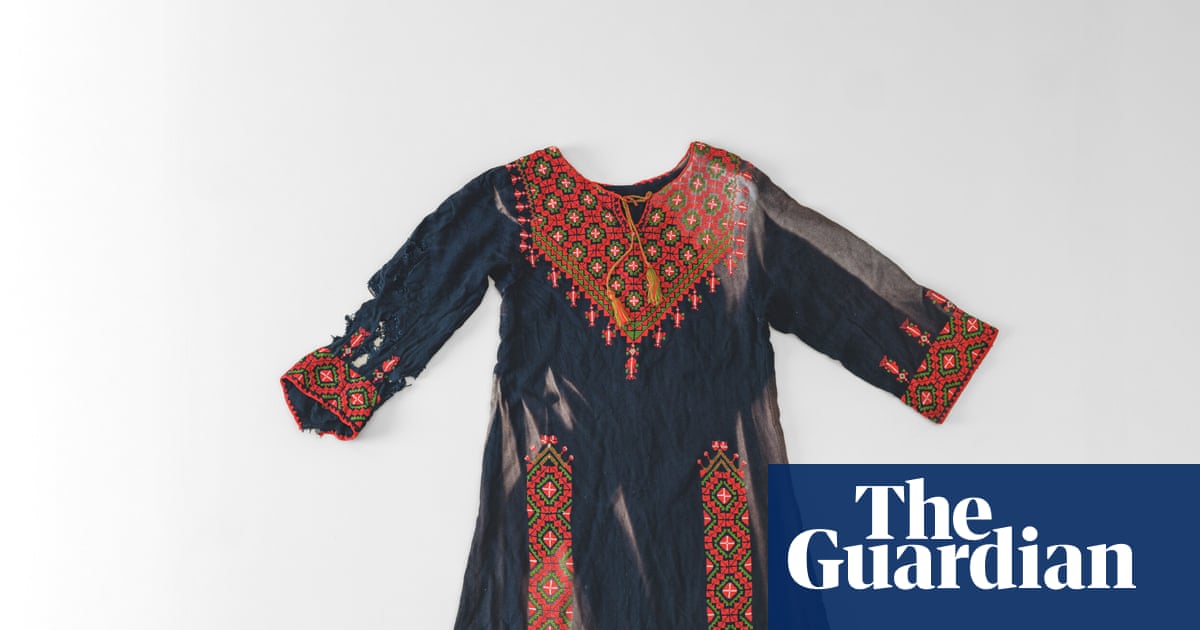
"Tatreez, meaning embroidery in Arabic, refers to a specific cultural heritage practice of Palestine. An ancient tradition, its heyday was in the late 19th and early 20th centuries, but it remains Palestine's most vital living tradition."
"Recognised by the UN on the list of the Intangible Cultural Heritage of Humanity, tatreez has traditionally been passed down as a form of matrilineal knowledge. More than merely art, tatreez is described as a language metaphorically spoken among women."
"The embroidery that women put on their bodies reflected their identity, their character, their personality and, above all, their origins. This dress is beautiful in its simplicity and features styles associated with Gaza and Bethlehem."
"The exhibition draws from the vast archive of the Palestinian Museum in the West Bank and points a particular spotlight on Gaza, including five examples of dress from the historical area."
Tatreez, the Arabic term for embroidery, is a significant cultural practice in Palestine, reaching its peak in the late 19th and early 20th centuries. Each Palestinian region has distinct styles, with this specific dress showcasing the Bethlehem style. Recognized by the UN as an Intangible Cultural Heritage, tatreez has been a matrilineal knowledge shared among women, representing their identities and origins. The ongoing exhibition features items from the Palestinian Museum's archive and highlights the unique embroidery traditions inherent in the Gazan region.
Read at www.theguardian.com
Unable to calculate read time
Collection
[
|
...
]